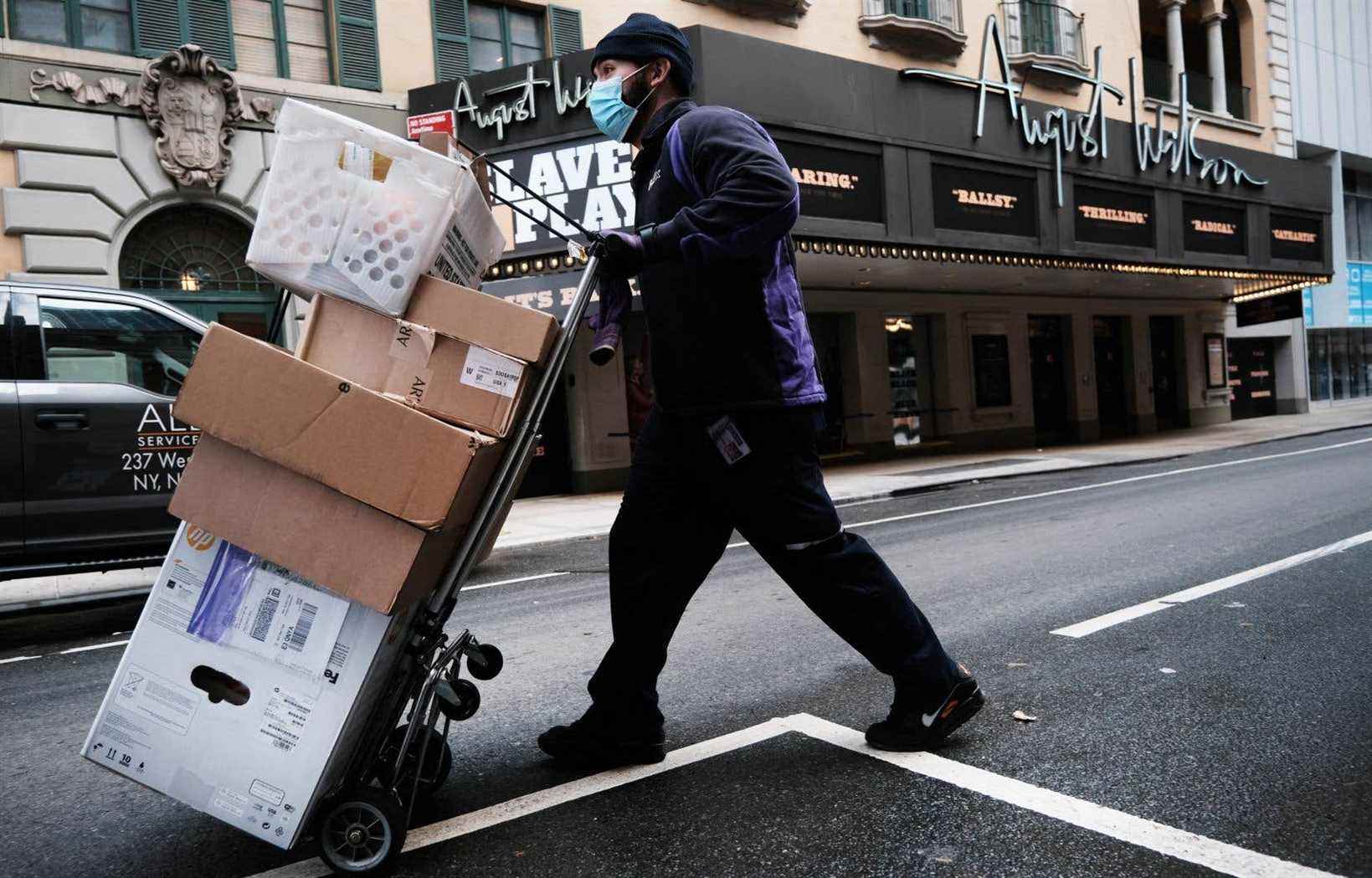The United States recorded in 2021 its strongest growth since 1984, driven by massive stimulus plans and vaccination, but 2022 is already threatened by Omicron, inflation and the paralysis of Joe Biden’s investment plan. GDP in the world’s largest economy grew 5.7% in 2021, according to a preliminary Commerce Department estimate released Thursday. President Joe Biden hailed the growth: “GDP numbers for my first year show we are finally building an American economy for the 21st.and century”. This strong economic rebound, however, comes after the historic contraction of 2020, under the effect of the health crisis linked to COVID-19: the American GDP had fallen by 3.5%, its largest drop since 1946.
In 2021, growth was driven by household consumption expenditure (+7.9%) and business investment in the country (+9.5%). “Consumers have been spending lavishly to ease the monotony of quarantines, renovate their homes and recapture the joy of travel,” said economist Diane Swonk of Grant Thornton. For their part, “companies have invested heavily in technology to support the shift from in-person to online activities, including working from home,” she added.
This even allowed the United States to register higher growth in the second and fourth quarters than that of its Chinese rival, which is slowing down. This is the first time in 20 years, and the White House is delighted. Over the year as a whole, however, Chinese growth (+8.1%) remains superior.
Euphoria in the first semester
The year had started with a bang, as household bank accounts had been inflated by massive stimulus packages, and in the spring there was hope that the pandemic would soon be a distant memory thanks to the vaccination campaign. Growth was 6.4% in the first quarter and 6.7% in the second. The world’s largest economy had even returned to its pre-epidemic level. But the appearance of the Delta variant was a wake-up call, and growth had slowed to 2.3% in the third quarter.
In the fourth quarter, growth accelerated to 6.9% at an annualized rate, well above the 5.6% expected by analysts. GDP is 3.1% higher than in the fourth quarter of 2019, the last before the COVID-19 pandemic.
However, warns Diane Swonk, “growth is about to slow again quite dramatically in the first quarter.” On the one hand, the Omicron variant slowed down activity from the very last days of 2021. Faced with increased absences, airlines had to cancel thousands of flights, restaurants reduced their opening hours, factories hampered their production.
Inflation also threatens. Because the trillions of dollars injected into the economy by the federal government have certainly allowed the economy to rebound quickly and strongly, but it has also pushed prices up. Faced with very strong demand, supply is failing to keep up, due to global supply disruptions that are causing shortages and delays, and which economists expect to last this year, at least in the first half of the year.
